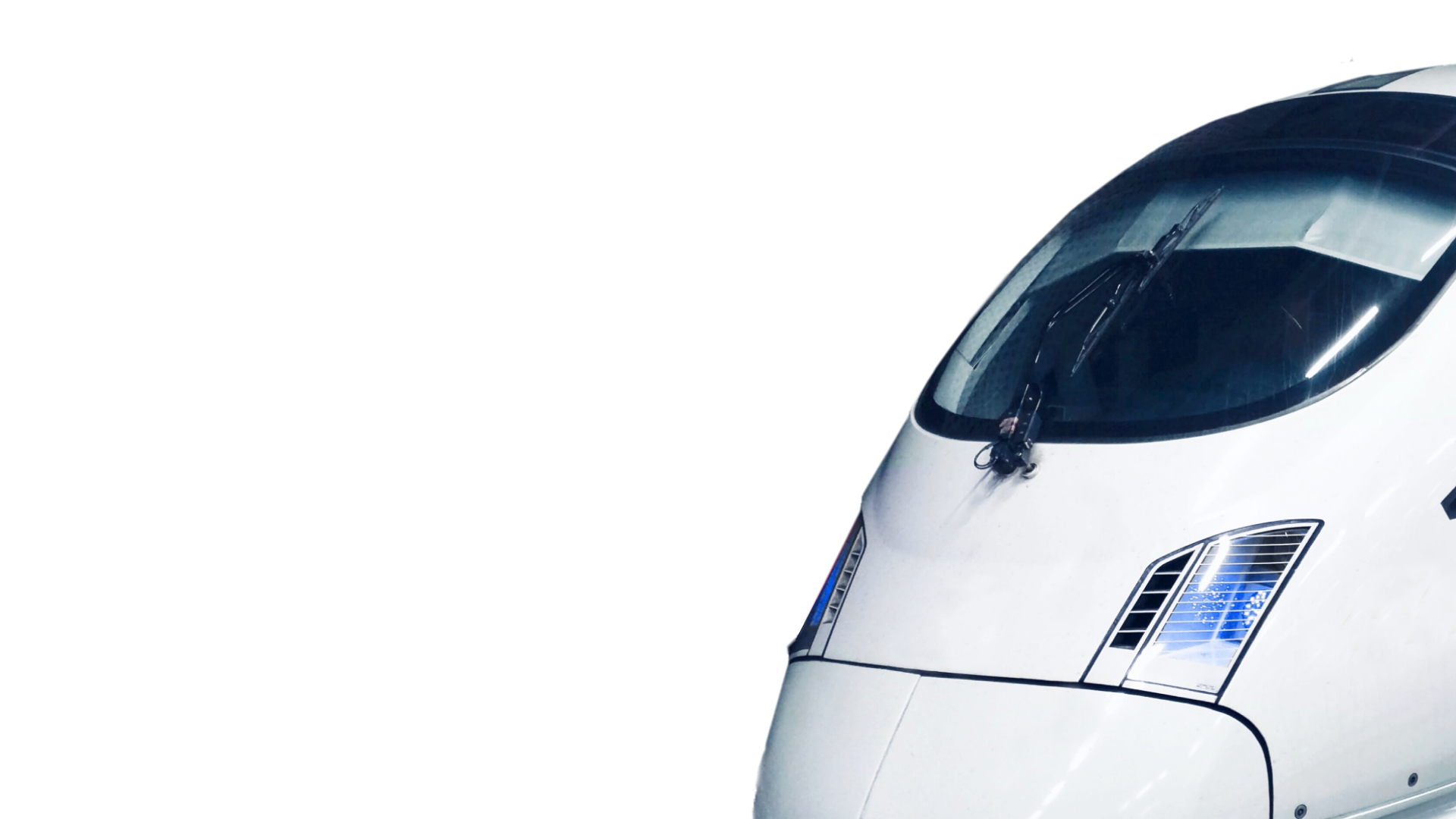How has the industry developed in recent years?
From a global perspective, healthcare systems were already on the edge of being unable to perform appropriate and finance themselves even before the pandemic. The COVID pandemic has further underlined existing developments and challenges. This is currently leading to a challenging downward spiral, but one that can be broken.
What can inpatient and outpatient service providers do to successfully maneuver through this crisis?
Proactive behavior is key: those who simply wait and see may find themselves at a dead end. In addition to leveraging optimization potential, structural changes can also be possible options for change. Last but not least, although the conceptualization is highly important, the secret is a sustainable and effective implementation within the company.
What influence do current developments in the healthcare sector have on transactions?
Uncertainty on investor side has been clearly noticeable since the pandemic - which is not surprising given the rapidly changing conditions. However, we are seeing a stepwise positive trend in healthcare transactions. This is partly due to the fact that the healthcare sector continues to prove to be a solid investment sector despite the "crisis" and that innovative and new approaches in particular will pay off in the future.









































